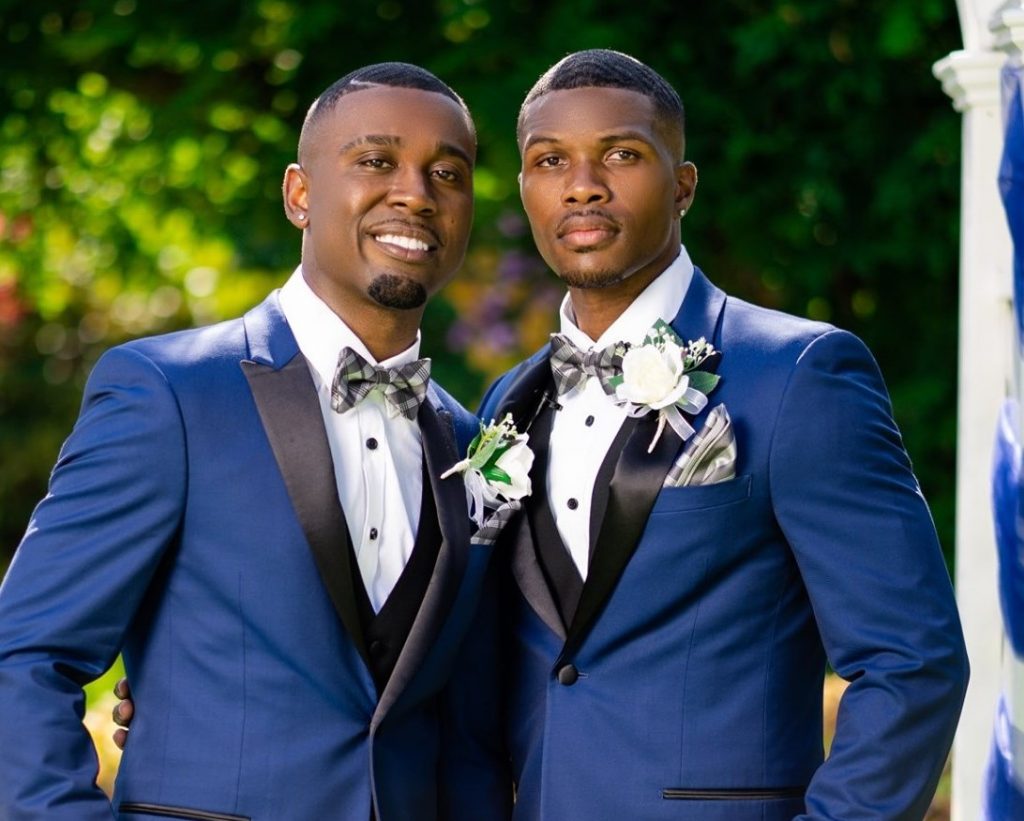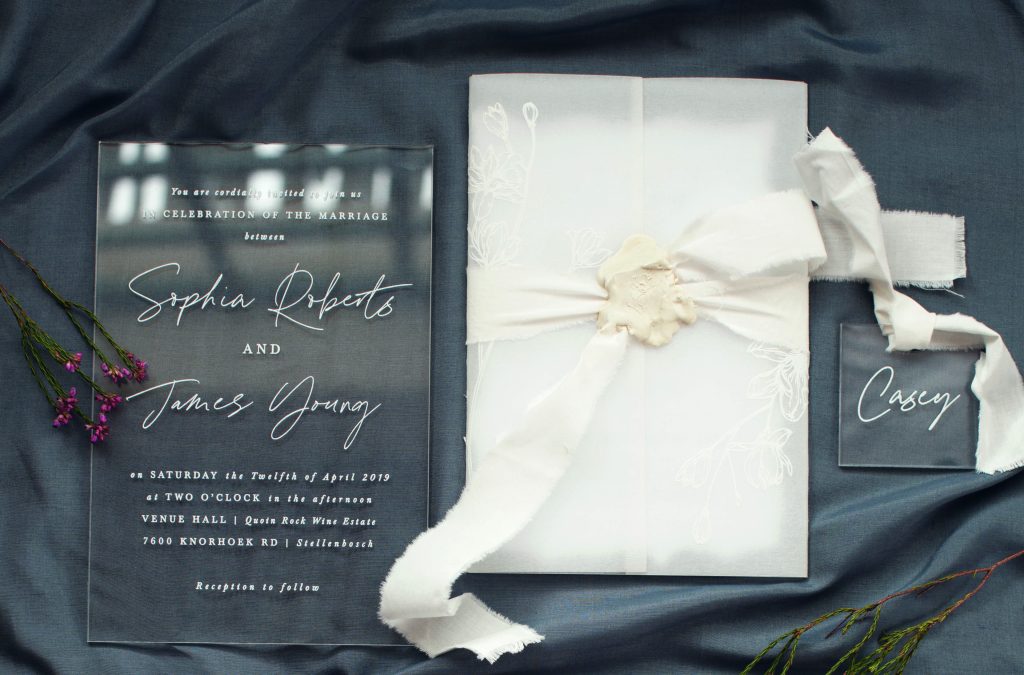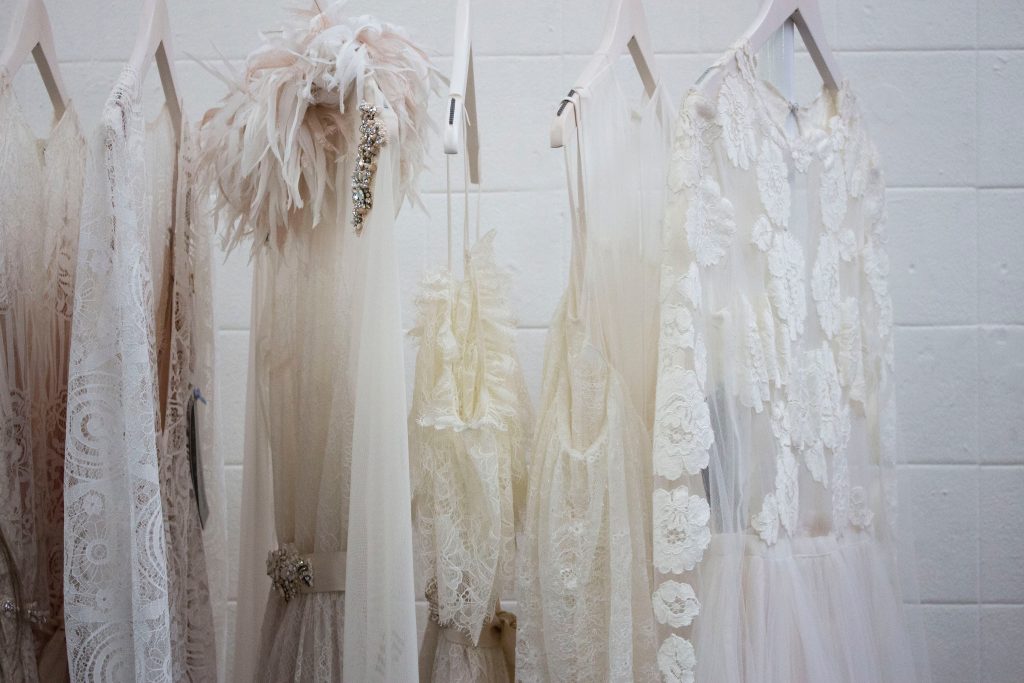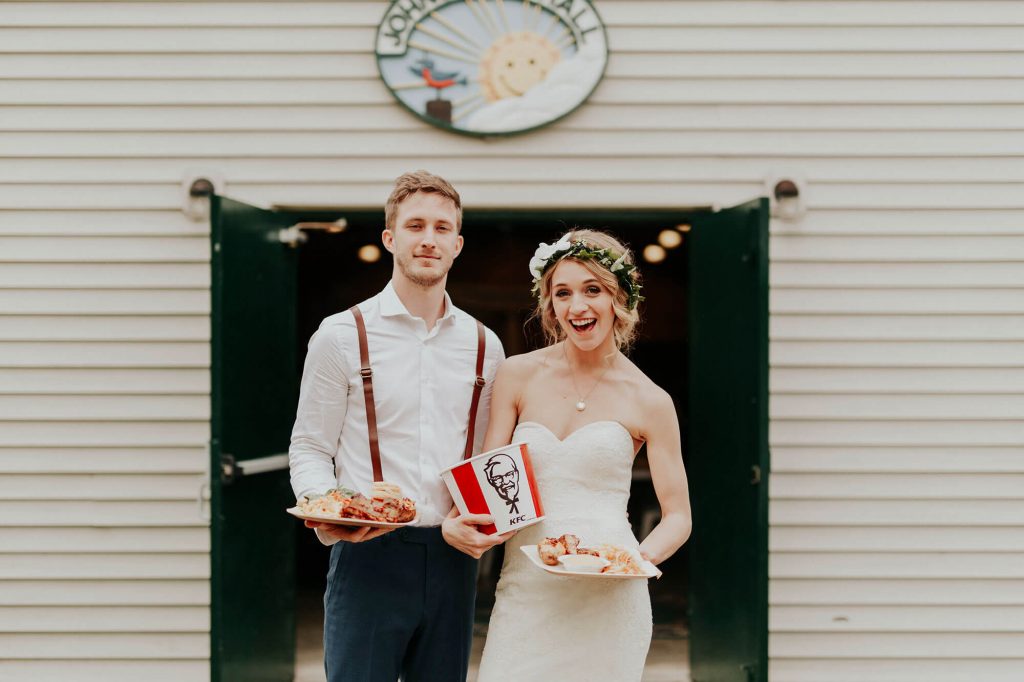One couple from Portland, Oregon had a different take on their ‘first dance’. They decided to rock their wedding dance floor by performing a flash mob for their guests. The newlyweds caught their loved ones off guard and were praised with cheer. Watch the newlywed couple’s unique ‘first dance’:
Isaiah and Taylor Green-Jones wed on August 4, 2019. The pair dated for six years before deciding to tie the knot.
Taylor teaches a dance cardio class and paired up with a fellow dancer in order to plan and orchestrate the nuptial flash mob. The flash crew practised for one month before the big day.
View this post on Instagram
The newlyweds started off alone and eventually, ten friends joined in to form the wedding flash mob.
The group danced to Before I Let Go and Get Me Bodied by Beyonce, Taste by Tyga and Old Town Road by Lil Nas X.
View this post on Instagram
The couple have been overwhelmed by the amazing support and love they’ve been getting from people after their wedding flash mob video went viral.
Feature image: Facebook/Zay Green-Jones
Bridal hats are the new accessory that has taken the bridal world by storm. It has become the one item that’s able to join contemporary with the classic…
Perspex has been a big trend in weddings as of late, ranging from wedding stationery to decor displays. It is a simple, unique and sophisticated look.
Here are some of the ways you can incorporate perspex into your wedding:
Invitation
View this post on Instagram
Welcome sign
View this post on Instagram
Seating chart
View this post on Instagram
Table numbers
View this post on Instagram
Placement cards
View this post on Instagram
Drinks menu
View this post on Instagram
Donut wall
View this post on Instagram
Display stands
View this post on Instagram
Display case
View this post on Instagram
Feature image: Jotham van Tonder
As the father of the bride or groom, you want to look your absolute best – you have an important role to play throughout the entire wedding after…
Always dreamt of having a beach wedding, or any location wedding for that matter? The short dress trend makes life so much easier for brides having to travel across the world, and it’s only getting more popular. Avoid the inconvenience of getting beach sand stuck in-between your tulle or having dirt ruin your long train. Opting for a cool, short bridal design ensures your day is easy, fun and most importantly, 100% more comfortable.
Our style team selected some of the coolest short dresses for every type of bride, ranging from edgy to classic, and even something with a little more oomph. Have a look at what we found:
View this post on Instagram
View this post on Instagram
View this post on Instagram
View this post on Instagram
View this post on Instagram
View this post on Instagram
View this post on Instagram
View this post on Instagram
View this post on Instagram
By Rojaun Devos
Feature image: Unsplash
Generally speaking, when you think of wedding decor, you think of flowers. While flowers are gorgeous, they can be very expensive and often go to waste once the…
KFC in Australia is making ‘Finger Lickin’ Good’ dreams come true. They are offering six soon-to-be-wed couples a chance to win a KFC themed wedding package. All you have to do is enter online and explain why you and your partner deserve the chicken feast. Would you say ‘I do’ to a KFC themed wedding?
View this post on Instagram
The six lucky couples will win a registered marriage celebrant, Custom KFC Buckets, a photo booth, music entertainment and wedding catering from a KFC food truck at the venue which includes KFC food and beverages.
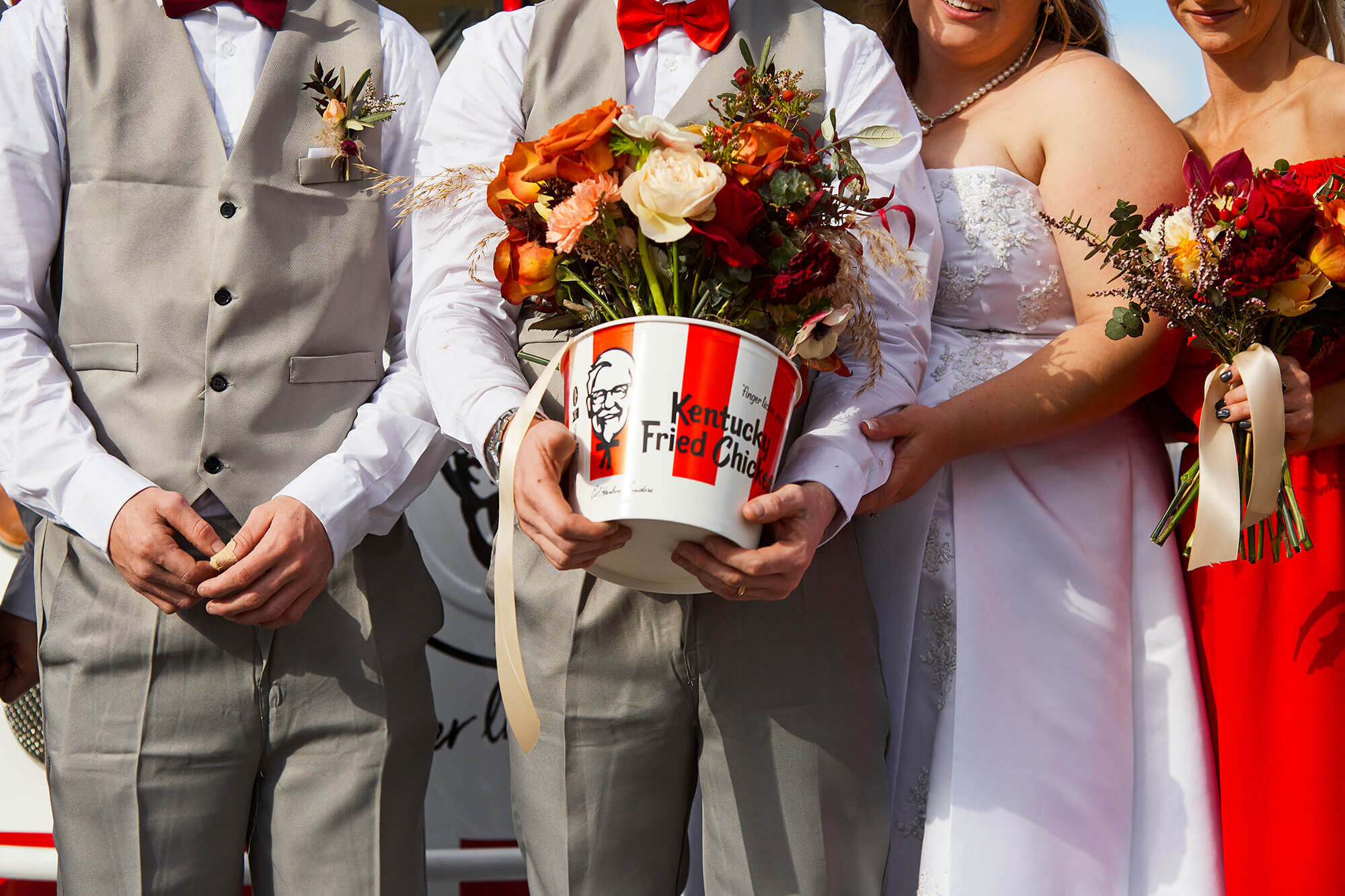
Each wedding package is valued up to AUS$35,000 (R352 000).
Chicken loving pairs have to fill out a form on the website. In 200 words or less, entrants have to explain why they want an ‘epic KFC wedding’.
Winners will be chosen for their originality and creativity. They want to hear the couple’s story and their love for Kentucky Fried Chicken.

In order for your entry to be valid, the pairs have to be engaged and plan to wed between November 2019 and May 2020.
The competition opened on September 9, 2019 and will close on October 18, 2019.
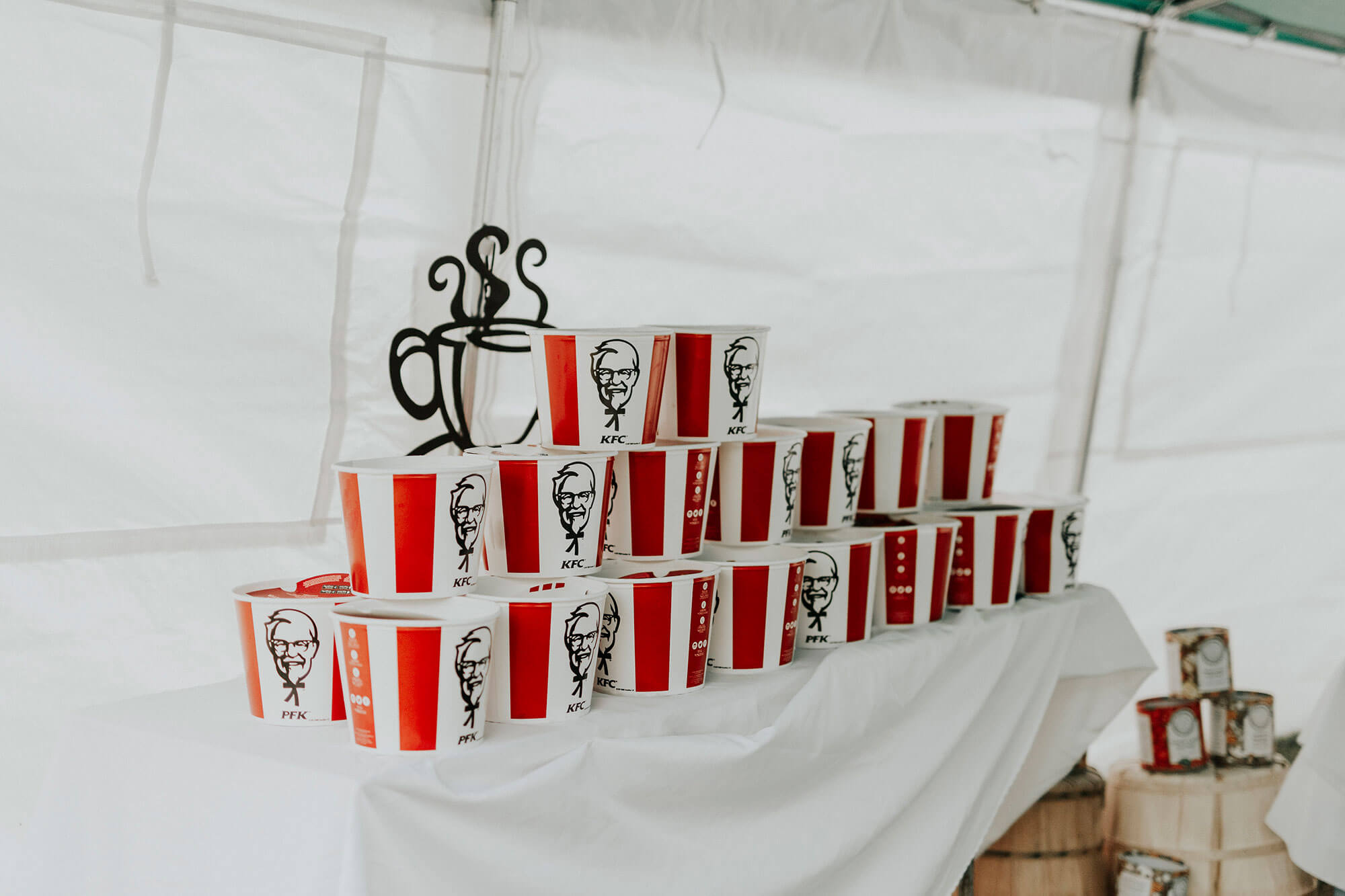
Feature image: KFC Australia

